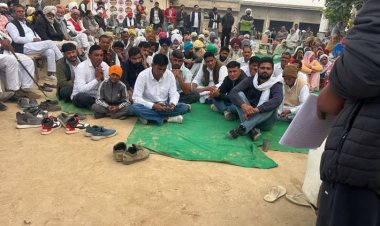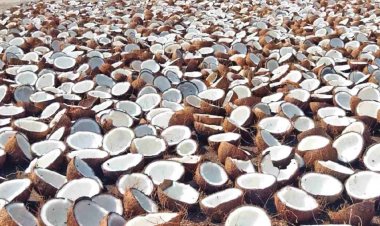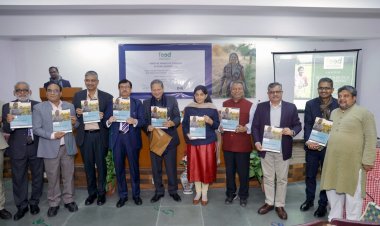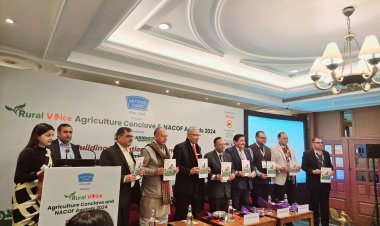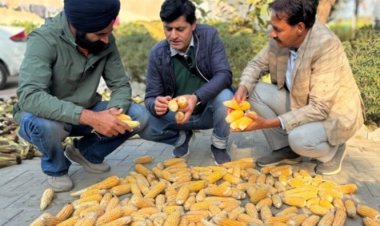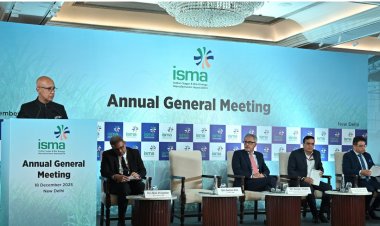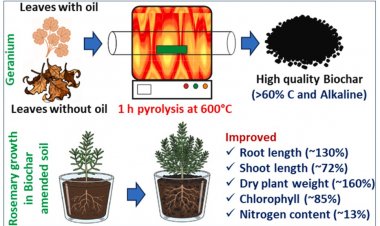As of September 12, the Central Water Commission (CWC) reports that 153.757 billion cubic meters (BCM) of water are stored in 150 major reservoirs across the country, representing 85 percent of their total capacity. This is a 28.71 percent increase from last year's levels of 119.451 BCM. While normal water storage is 17.73 percent above compared to storage level of 130.594 BCM
Northern Region: Comprising Himachal Pradesh, Punjab, and Rajasthan, this region has 11 reservoirs monitored by the Central Water Commission (CWC). With a total capacity of 19.836 billion cubic meters (BCM), these reservoirs currently hold 13.468 BCM of water, which is 68 percent of their total capacity. This level is lower compared to last year's 81 percent and the normal level of 82 percent .
Eastern Region: Including Assam, Jharkhand, Odisha, West Bengal, Tripura, Nagaland, and Bihar, this region has 25 CWC-monitored reservoirs with a total capacity of 20.798 BCM. As of September 12, these reservoirs have 15.797 BCM of water, equating to 76 percent of their capacity. This is an improvement from last year's 58 percent and exceeds the normal level of 69 percent.
Western Region: Covering Gujarat, Maharashtra, and Goa, this region has 50 CWC-monitored reservoirs with a total capacity of 37.357 BCM. These reservoirs currently hold 33.526 BCM of water, which is 90 percent of their total capacity. This is a significant increase from last year's 75 percent and also surpasses the normal level of 73 percent.
Central Region: Comprising Uttar Pradesh, Uttarakhand, Madhya Pradesh, and Chhattisgarh, this region has 26 CWC-monitored reservoirs with a total capacity of 48.227 BCM. As of September 12, these reservoirs have 42.808 BCM of water, which is 89 percent of their total capacity. This level is higher than both last year’s 76 percent and the normal level of 77 percent.
Southern Region: Including Andhra Pradesh, Telangana, Karnataka, Kerala, and Tamil Nadu, this region has 43 CWC-monitored reservoirs with a total capacity of 54.634 BCM. The current water level stands at 48.158 BCM, or 88 percent of the total capacity. This is an improvement over last year's 49 percent and the normal level of 65 percent.
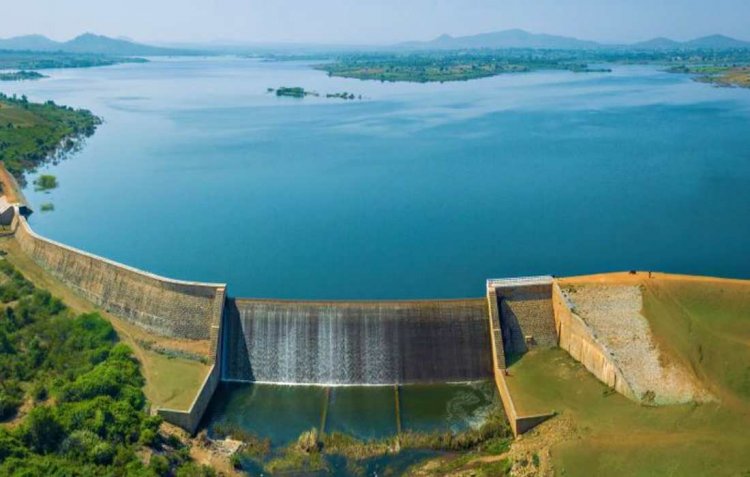



 Join the RuralVoice whatsapp group
Join the RuralVoice whatsapp group

















